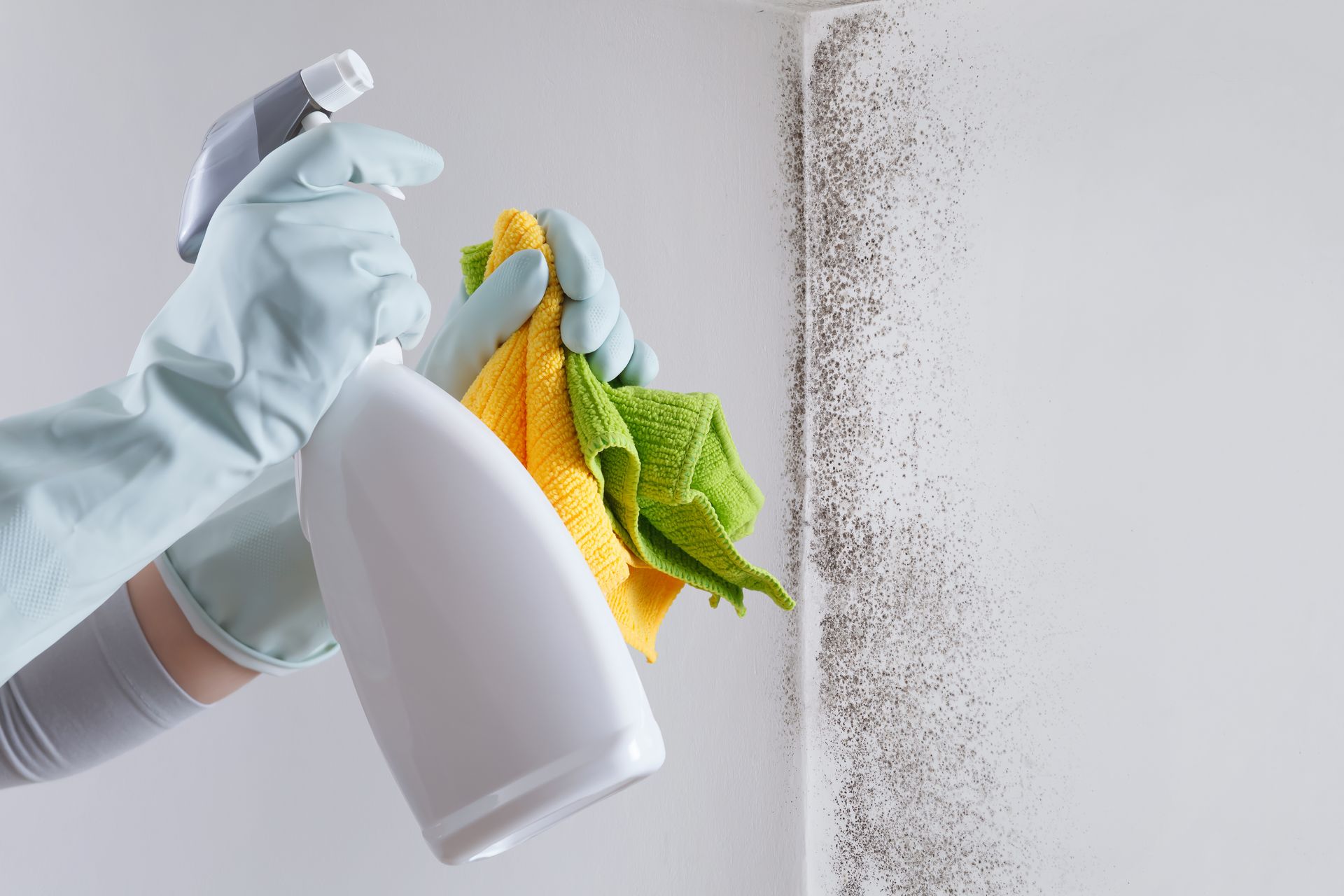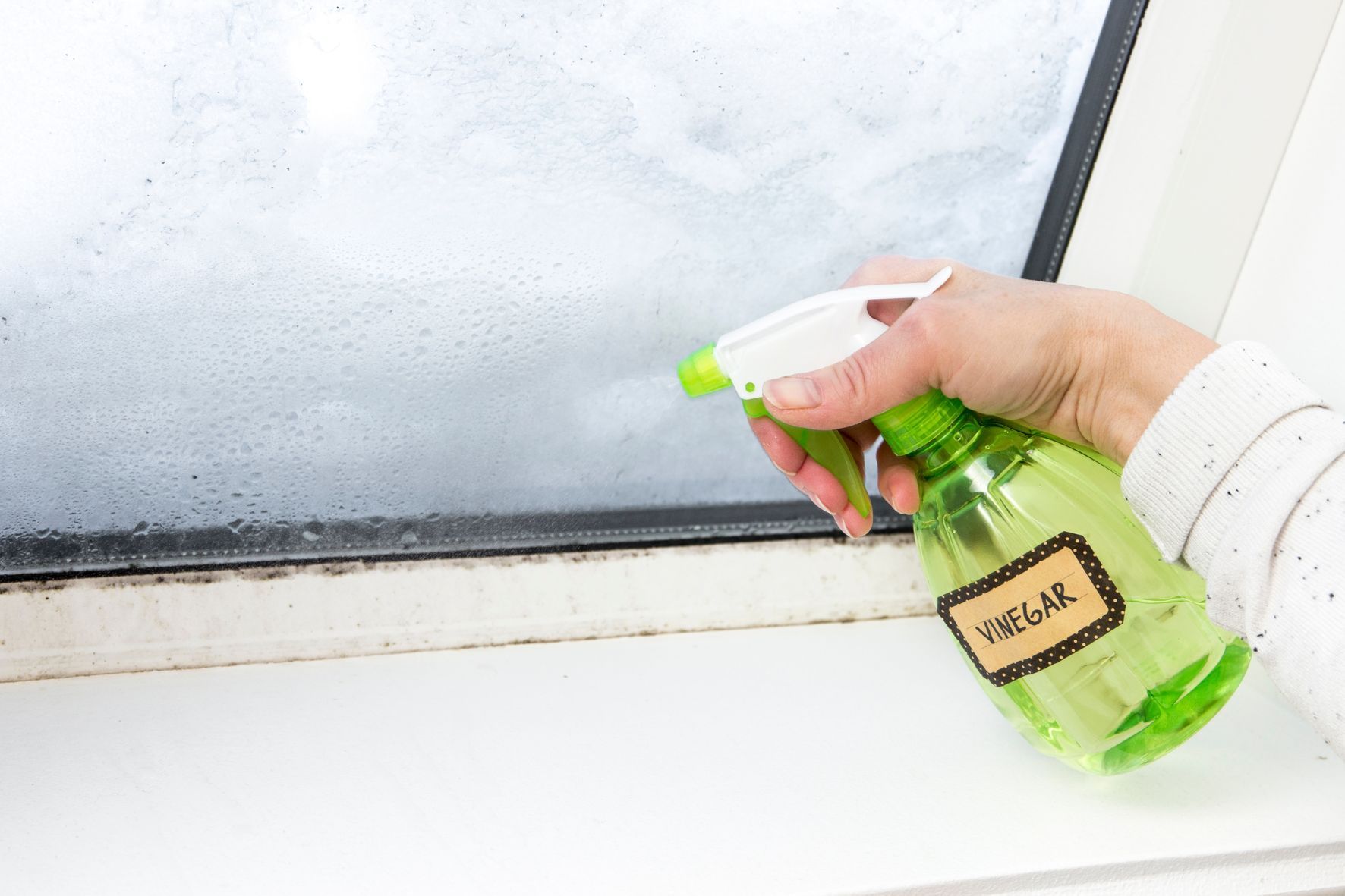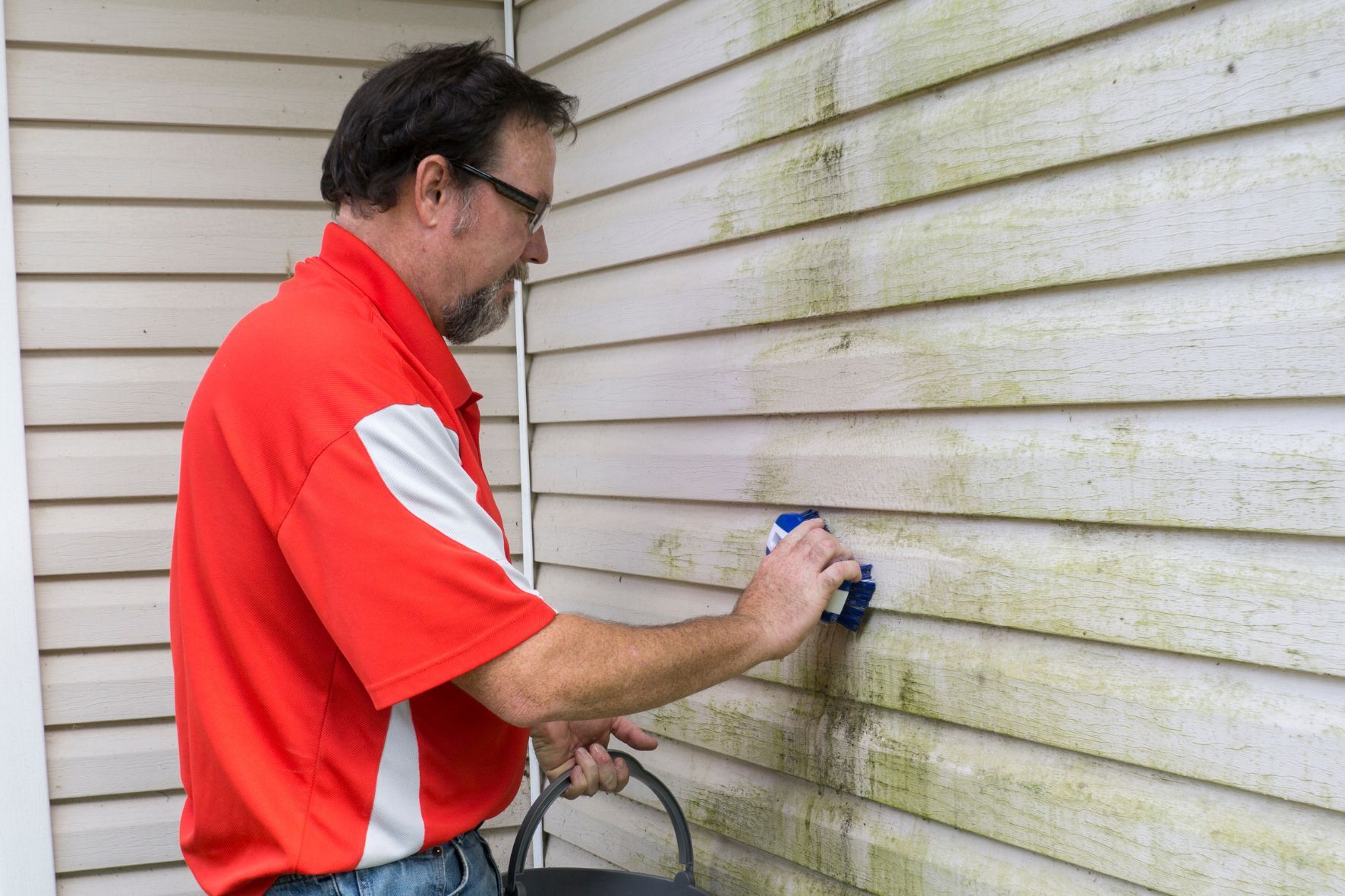Mold and mildew can be more than just an unsightly problem; they can also pose serious health risks and damage the structure of your home if left untreated. This comprehensive guide will walk you through safe and effective methods to remove mold and mildew using environmentally friendly chemicals and practices. By following these steps, you can ensure a cleaner, healthier home for you and your family.

Understanding Mold and Mildew
What Are Mold and Mildew?
Mold and mildew are types of fungi that thrive in damp, humid conditions. Mold often appears black or green and can penetrate surfaces, while mildew is typically white or gray and remains on the surface. Both can cause respiratory problems, allergic reactions, and other health issues.
Common Areas for Mold and Mildew Growth
Mold and mildew can grow almost anywhere in your home, but they are most commonly found in:
Bathrooms (showers, bathtubs, sinks) Kitchens (under sinks, around faucets) Basements (walls, floors) Attics (roof leaks, insulation) Laundry rooms (washing machines, dryer vents) Around windows and doors with poor insulation
The Importance of Safe Mold and Mildew Removal
Using safe and eco-friendly methods to remove mold and mildew is crucial for several reasons:
Health Protection: Harsh chemicals can cause respiratory issues, skin irritation, and other health problems. Environmental Impact: Eco-friendly products reduce pollution and harm to the environment. Preservation of Surfaces: Safe chemicals are less likely to damage the surfaces in your home.
Preparing for Mold and Mildew Removal
Before you begin the mold and mildew removal process, it’s essential to prepare the area and gather the necessary tools and materials.
Tools and Materials Needed
Protective gear (gloves, mask, goggles) Scrub brush or sponge Spray bottle Microfiber cloths or paper towels Ventilation equipment (fans, open windows) Safe mold and mildew removers (vinegar, baking soda, hydrogen peroxide, or commercial eco-friendly products)
Safety Precautions
Ventilation: Ensure proper ventilation in the area by opening windows and doors and using fans to increase airflow. Protective Gear: Wear gloves, a mask, and goggles to protect yourself from mold spores and cleaning chemicals. Remove Contaminated Items: Remove any furniture, rugs, or other items from the affected area to prevent further contamination.

Step-by-Step Mold and Mildew Removal
Step 1: Identify the Affected Areas
Start by thoroughly inspecting your home to locate all areas with mold and mildew. Pay special attention to damp, dark, and humid places like bathrooms, basements, and around windows.
Step 2: Choose a Safe Cleaning Solution
There are several safe and effective cleaning solutions you can use to remove mold and mildew:
Vinegar: White distilled vinegar is effective against 82% of mold species. Pour undiluted vinegar into a spray bottle and apply it directly to the moldy area. Let it sit for at least an hour before scrubbing. Baking Soda: Baking soda is a natural disinfectant that can be used to clean mold. Mix 1/4 tablespoon of baking soda with water in a spray bottle, shake until dissolved, and spray the affected area. Let it sit for a few minutes, then scrub and rinse. Hydrogen Peroxide: Hydrogen peroxide is a potent antifungal agent. Use a 3% hydrogen peroxide solution in a spray bottle, apply it to the moldy surface, and let it sit for 10 minutes. Scrub the area and wipe it clean. Commercial Eco-Friendly Products: Look for mold and mildew removers labeled as safe for home use and environmentally friendly. These products are specifically formulated to kill mold without harming your health or the environment.
Step 3: Apply the Cleaning Solution
Spray the affected area generously with your chosen solution. Ensure that the entire moldy surface is covered. Let it sit for at least 10-15 minutes to allow the solution to penetrate and kill the mold.
Step 4: Scrub the Area
Use a scrub brush or sponge to remove the mold and mildew. For stubborn spots, apply more solution and scrub again. Be thorough to ensure you remove all traces of mold.
Step 5: Rinse and Dry
Wipe the area with a damp cloth to remove any residue from the cleaning solution. Dry the area thoroughly using a dry cloth or paper towels. Mold and mildew thrive in moisture, so ensuring the area is completely dry is crucial to prevent regrowth.
Step 6: Dispose of Cleaning Materials
Dispose of used paper towels or cloths properly. Wash and disinfect reusable cleaning tools to prevent spreading mold spores to other areas of your home.
Step 7: Prevent Future Mold Growth
Taking preventative measures can help you avoid future mold and mildew problems. Here are some tips:
Keep Areas Dry and Well-Ventilated
Bathrooms: Use exhaust fans or open windows when showering. Kitchens: Ensure good ventilation, especially when cooking or washing dishes. Basements and Attics: Use dehumidifiers to reduce humidity levels.
Fix Leaks and Water Damage Promptly
Address any leaks in your roof, walls, or plumbing as soon as possible. Repairing water damage quickly can prevent mold from taking hold.
Clean and Dry Areas Regularly
Regularly clean areas prone to moisture and ensure they are kept dry. Pay special attention to bathrooms, kitchens, and basements.
Natural Mold and Mildew Removal Alternatives
In addition to vinegar, baking soda, and hydrogen peroxide, there are other natural alternatives for removing mold and mildew:
Tea Tree Oil
Tea tree oil is a natural fungicide that can be effective against mold. Mix one teaspoon of tea tree oil with one cup of water in a spray bottle. Shake well and spray the solution on the moldy area. Leave it to sit for an hour, then wipe clean.
Borax
Borax is a natural mineral that can be used as a mold cleaner. Mix one cup of borax with one gallon of water. Apply the solution to the moldy area using a sponge or spray bottle. Scrub the area and wipe it clean. Unlike other solutions, borax doesn’t need to be rinsed off.

Professional Mold Removal
In some cases, mold infestations can be extensive or located in hard-to-reach areas. If you encounter a significant mold problem, it may be best to seek professional help. Professional mold removal services can:
Assess the extent of the mold problem Use advanced equipment and techniques to remove mold Ensure thorough cleanup and prevention of future mold growth
Removing mold and mildew from your home is essential for maintaining a healthy living environment. By using safe and effective methods, you can protect your health and the environment while keeping your home clean. Remember to follow safety precautions, use eco-friendly cleaning solutions, and take preventative measures to keep mold and mildew at bay.
By following this comprehensive guide, you can tackle mold and mildew problems in your home with confidence. Whether you choose natural solutions like vinegar and baking soda or opt for commercial eco-friendly products, you’ll be taking the necessary steps to create a healthier, safer living space for you and your family.
Additional Resources
For more information on mold prevention and removal, consider the following resources:
Environmental Protection Agency (EPA): The EPA provides guidelines on mold cleanup and prevention in homes and schools. Centers for Disease Control and Prevention (CDC): The CDC offers information on mold and health, including how to prevent and remove mold. Local Health Departments: Your local health department can provide resources and advice on dealing with mold in your area.
By staying informed and proactive, you can effectively manage mold and mildew in your home and enjoy a cleaner, healthier living environment.
